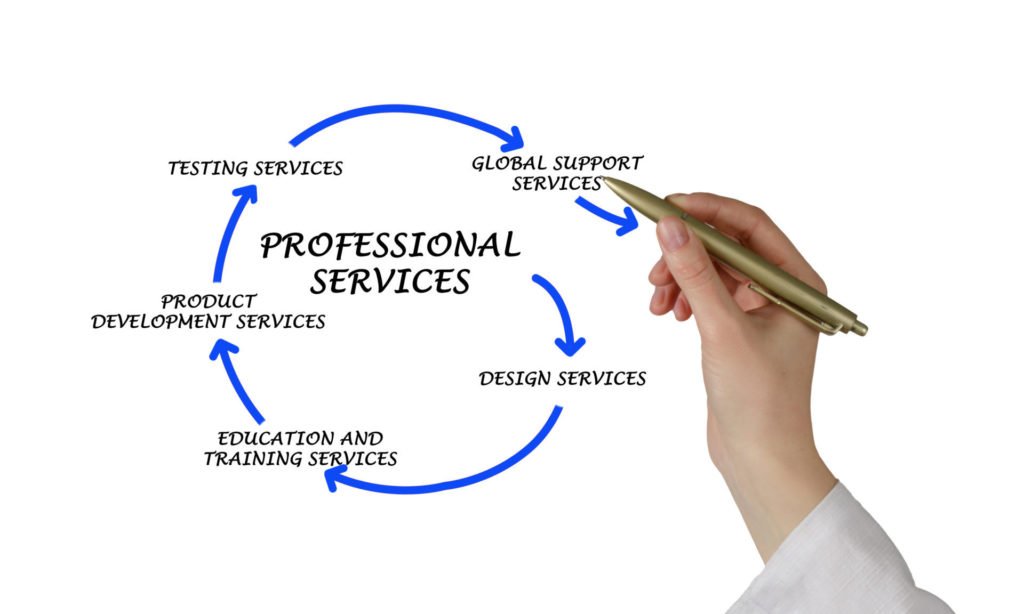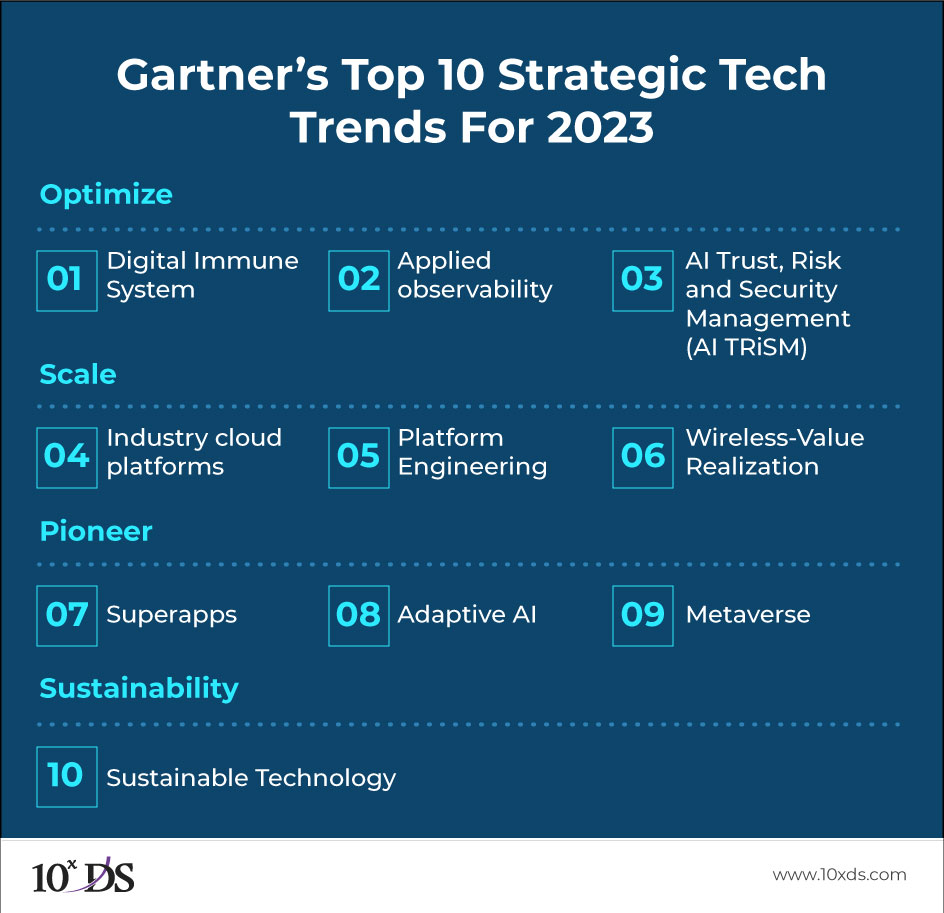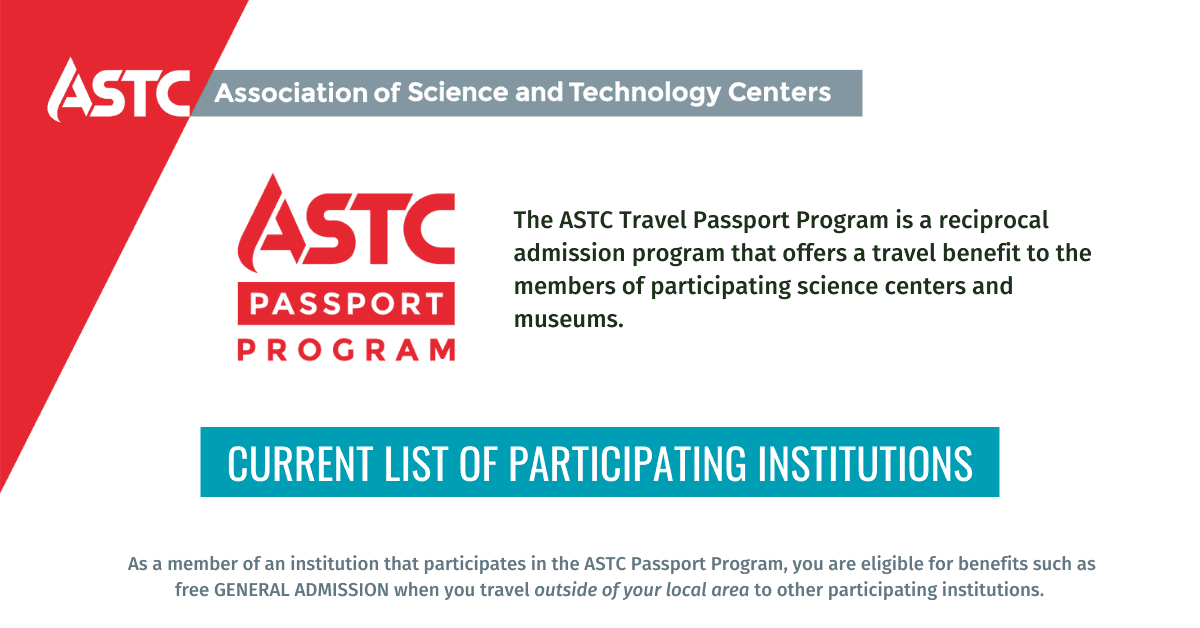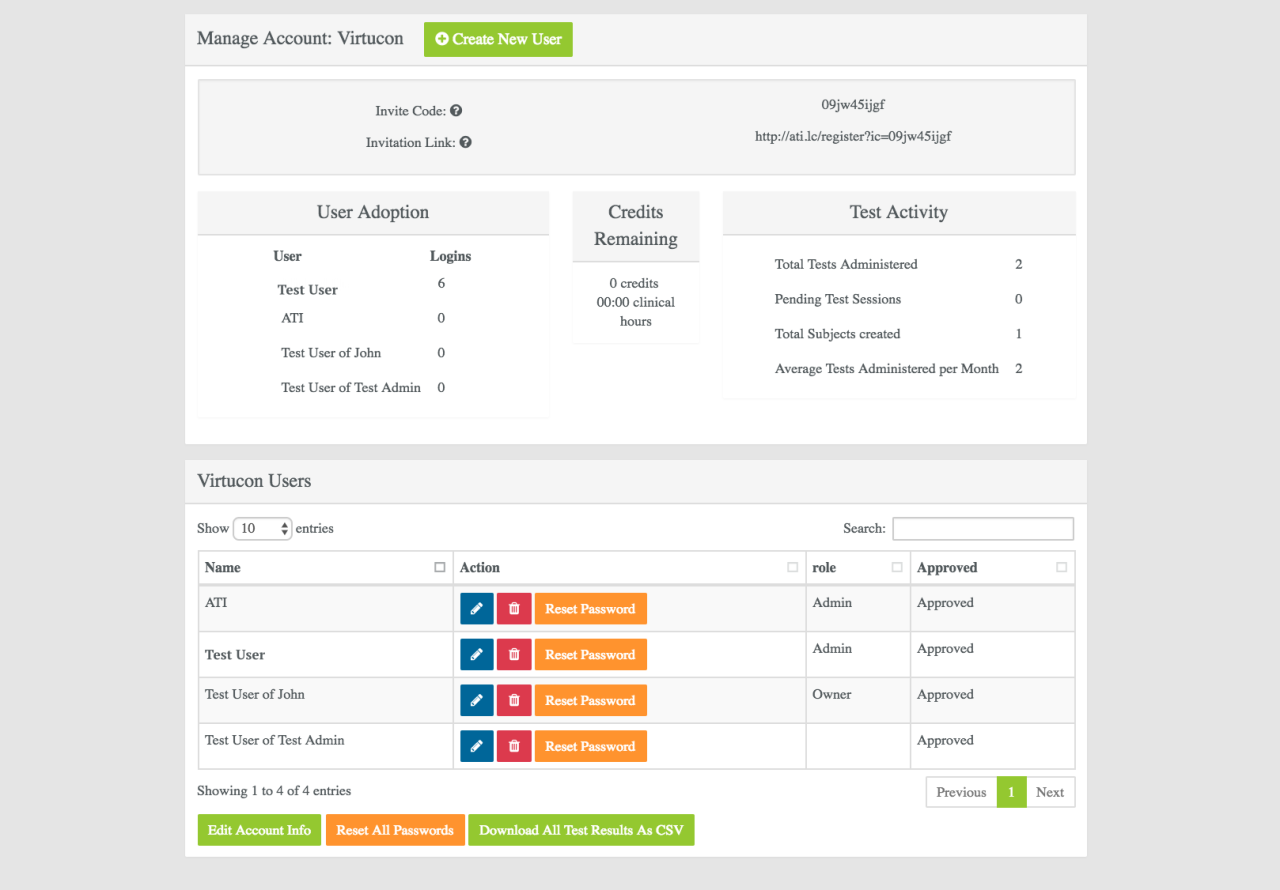Pacing Technologies: Optimizing Efficiency and Productivity
Pacing technologies are revolutionizing how businesses operate across various industries. These innovative tools and techniques help optimize processes, manage resources effectively, and drive overall efficiency. From healthcare to manufacturing and […]

Pacing technologies are revolutionizing how businesses operate across various industries. These innovative tools and techniques help optimize processes, manage resources effectively, and drive overall efficiency. From healthcare to manufacturing and finance, pacing technologies are playing a crucial role in streamlining operations and maximizing productivity.
Imagine a hospital that can predict patient flow and adjust staffing levels accordingly, or a manufacturing plant that can anticipate demand fluctuations and optimize production schedules. This is the power of pacing technologies. By analyzing data, identifying patterns, and predicting future trends, these technologies enable businesses to make informed decisions and optimize their performance.
Types of Pacing Technologies

Pacing technologies can be categorized based on their functionality and application, reflecting their role in managing and optimizing various aspects of system performance. These technologies are essential for achieving desired levels of performance, efficiency, and resource utilization, especially in dynamic and complex environments.
Demand Pacing
Demand pacing technologies focus on managing and controlling the rate at which requests or workloads are processed. They aim to ensure that the system can handle the incoming workload without being overwhelmed, preventing performance degradation and ensuring a consistent user experience.
- Rate Limiting: This mechanism restricts the number of requests or operations that can be processed within a specific time interval. It is commonly implemented by setting limits on the number of requests per second (RPS) or per minute. For instance, a web server might implement rate limiting to prevent denial-of-service attacks by limiting the number of requests a single IP address can make.
- Request Queuing: This approach involves storing incoming requests in a queue when the system is overloaded. Requests are then processed from the queue at a controlled rate, preventing the system from being overwhelmed by sudden bursts of activity. For example, online retailers often use request queuing to handle peak traffic during sales events, ensuring that all orders are eventually processed while maintaining system stability.
- Backpressure: This mechanism signals upstream systems to slow down their rate of requests when the system is experiencing high load. This can be achieved by returning error codes or by sending explicit signals to upstream systems. For example, a database server might signal backpressure to an application server when it is reaching its capacity, prompting the application server to reduce the number of requests it sends.
Resource Pacing
Resource pacing technologies focus on managing and optimizing the allocation and utilization of system resources, such as CPU, memory, and network bandwidth. They aim to ensure that resources are used efficiently and effectively, maximizing system performance and minimizing resource contention.
- Resource Reservation: This technique involves reserving specific resources for critical applications or processes, ensuring that they have the necessary resources to operate effectively. For example, a database server might reserve a certain amount of CPU and memory for specific database queries, guaranteeing their performance even under high load.
- Resource Throttling: This mechanism limits the consumption of resources by individual applications or processes, preventing them from monopolizing resources and affecting the performance of other applications. For example, a web server might throttle the amount of CPU time allocated to a specific web application if it is consuming excessive resources, ensuring that other applications can run smoothly.
- Resource Scheduling: This approach involves prioritizing and scheduling the execution of different tasks or processes based on their importance and resource requirements. This ensures that critical tasks are executed promptly, while less critical tasks can be delayed or executed when resources are available. For example, a cloud computing platform might use resource scheduling to allocate resources to different virtual machines based on their workloads and priorities.
Workload Pacing
Workload pacing technologies focus on managing and optimizing the execution of workloads, ensuring that they are processed efficiently and effectively. They aim to minimize delays, optimize resource utilization, and maintain a consistent level of performance.
- Batching: This technique involves grouping multiple requests or operations into batches, which are then processed together. This can improve efficiency by reducing the overhead associated with processing individual requests. For example, a data processing pipeline might batch multiple data records together for processing, improving the efficiency of data processing.
- Task Scheduling: This approach involves scheduling the execution of different tasks or workloads based on their priorities and dependencies. This ensures that critical tasks are executed promptly, while less critical tasks can be delayed or executed when resources are available. For example, a software development team might use task scheduling to prioritize and schedule the development of different software features based on their importance and dependencies.
- Load Balancing: This technique distributes incoming requests or workloads across multiple servers or instances, preventing any single server from becoming overloaded. This ensures that the system can handle high traffic volumes while maintaining performance and availability. For example, a web application might use load balancing to distribute traffic across multiple web servers, ensuring that the application remains responsive even under high load.
Implementation Considerations
Implementing pacing technologies effectively requires careful consideration of various factors. This section delves into the crucial aspects of choosing and deploying pacing technologies, examining potential challenges and risks, and highlighting best practices for successful integration and optimization.
Factors to Consider When Choosing and Implementing Pacing Technologies
Choosing the right pacing technology involves a comprehensive assessment of several factors. These factors ensure that the selected technology aligns with the specific needs and goals of the organization.
- Business Objectives: The primary goal of implementing pacing technologies is to achieve specific business objectives. For example, if the objective is to increase website traffic, the pacing technology should focus on optimizing user engagement and conversion rates.
- Target Audience: Understanding the target audience is essential for selecting the appropriate pacing technology. Different audiences may respond differently to pacing strategies. For example, a pacing technology designed for a younger audience might utilize a faster pace than one designed for an older audience.
- Budget: The budget available for implementing pacing technologies is a significant factor. Different pacing technologies come with varying costs, and it is essential to choose a technology that fits within the allocated budget.
- Technical Expertise: The technical expertise available within the organization plays a crucial role in choosing and implementing pacing technologies. Some technologies require specialized technical skills, while others are more user-friendly.
- Scalability: As the business grows, the pacing technology should be able to scale to accommodate the increased workload.
- Integration: The chosen pacing technology should seamlessly integrate with existing systems and workflows.
Challenges and Risks Associated with Pacing Technology Deployment
Deploying pacing technologies can present various challenges and risks. These challenges require careful planning and mitigation strategies to ensure a successful implementation.
- Data Security: Pacing technologies often involve collecting and analyzing user data. It is essential to ensure that data security measures are in place to protect sensitive information.
- User Experience: Pacing technologies should not negatively impact the user experience. If pacing is too aggressive, it can lead to frustration and abandonment.
- Cost: The cost of implementing and maintaining pacing technologies can be significant. It is essential to carefully consider the return on investment before deploying these technologies.
- Complexity: Some pacing technologies can be complex to implement and manage. This complexity can lead to errors and delays.
- Adaptability: Pacing strategies may need to be adjusted over time as user behavior and market conditions change.
Best Practices for Successful Integration and Optimization of Pacing Technologies
To maximize the benefits of pacing technologies, organizations should follow best practices for integration and optimization. These practices help ensure that the technology is implemented effectively and delivers the desired results.
Pacing technologies are rapidly evolving, with advancements in areas like wearable sensors and artificial intelligence. To learn more about the latest innovations in this field, you can check out technology in action 18th edition , which provides a comprehensive overview of cutting-edge technologies, including those impacting the world of pacing.
By understanding these advancements, we can better appreciate the potential of pacing technologies to improve healthcare and enhance human performance.
- Clear Objectives: Define clear objectives for using pacing technologies. This ensures that the technology is used strategically and effectively.
- Data-Driven Decisions: Base pacing decisions on data analysis and insights. This helps to identify patterns and optimize pacing strategies for maximum effectiveness.
- Testing and Iteration: Conduct A/B testing to evaluate different pacing strategies and identify the most effective approaches.
- Continuous Monitoring: Regularly monitor the performance of pacing technologies and make adjustments as needed. This ensures that the technology remains effective and delivers the desired results.
- User Feedback: Collect user feedback to understand how pacing technologies are impacting the user experience.
Impact and Benefits
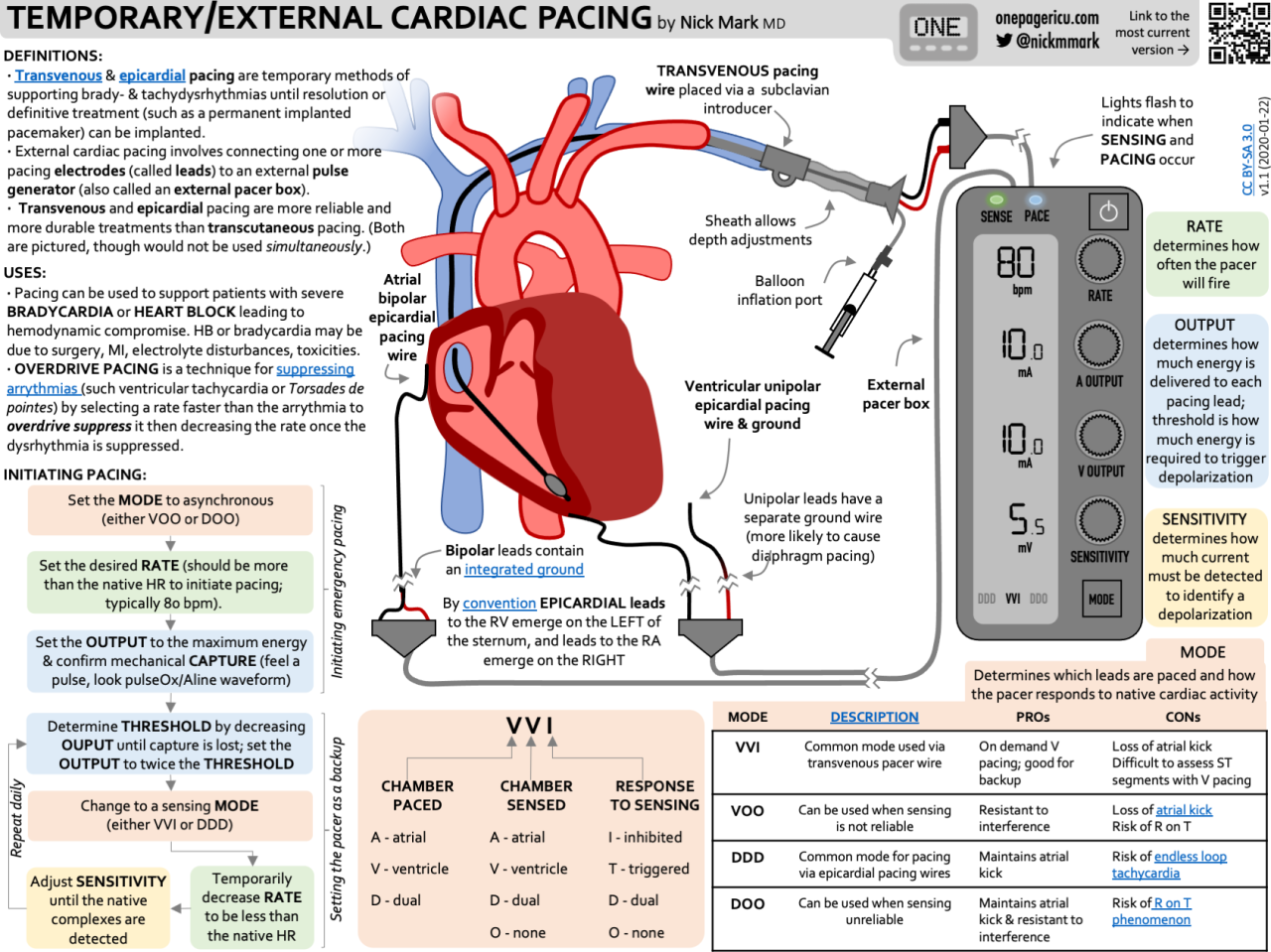
Pacing technologies have a significant impact on various industries by optimizing operations and enhancing productivity. They enable businesses to streamline processes, improve efficiency, and ultimately achieve greater success.
Operational Efficiency and Productivity Enhancement
Pacing technologies contribute to improved operational efficiency and productivity in several ways.
- Reduced Downtime: By monitoring equipment performance and predicting potential failures, pacing technologies enable proactive maintenance, minimizing downtime and ensuring continuous operations.
- Optimized Resource Allocation: Pacing technologies provide real-time insights into resource utilization, allowing businesses to allocate resources effectively, minimizing waste and maximizing productivity.
- Enhanced Process Control: These technologies provide real-time data and analytics, enabling businesses to monitor and control processes with precision, leading to improved quality and reduced errors.
- Improved Decision Making: By providing valuable data and insights, pacing technologies empower businesses to make informed decisions, leading to better resource allocation, process optimization, and overall efficiency.
Case Studies
The impact of pacing technologies is evident in various industries. Here are some examples:
- Manufacturing: A leading automotive manufacturer implemented pacing technologies to optimize its assembly line operations. The results showed a 15% reduction in production time, a 10% decrease in defects, and a 5% improvement in overall efficiency.
- Healthcare: A hospital system implemented pacing technologies to monitor patient vital signs and predict potential complications. The technology enabled early intervention, reducing hospital readmissions by 20% and improving patient outcomes.
- Energy: An energy company used pacing technologies to optimize its power grid operations. The results showed a 5% reduction in energy consumption, a 10% decrease in carbon emissions, and a 2% increase in grid stability.
Long-Term Benefits and Innovation
Pacing technologies offer long-term benefits and hold immense potential for innovation in various fields.
- Predictive Maintenance: As pacing technologies advance, they will enable more accurate predictions of equipment failures, leading to more efficient maintenance schedules and reduced downtime.
- Artificial Intelligence Integration: The integration of AI with pacing technologies will enable more sophisticated data analysis and predictive modeling, further enhancing operational efficiency and productivity.
- Industry 4.0: Pacing technologies are a crucial component of Industry 4.0, enabling smart factories, interconnected systems, and automated processes, driving innovation and economic growth.
Future Trends: Pacing Technologies
The realm of pacing technologies is poised for remarkable advancements, driven by the relentless pursuit of innovation and the integration of cutting-edge technologies. These advancements are set to revolutionize the way we approach healthcare, paving the way for more personalized and effective treatments.
Impact of Artificial Intelligence and Machine Learning, Pacing technologies
The convergence of pacing technologies with artificial intelligence (AI) and machine learning (ML) is poised to usher in a new era of intelligent and adaptive pacemakers. AI and ML algorithms can analyze vast amounts of patient data, including heart rate variability, rhythm patterns, and activity levels, to optimize pacing parameters in real time. This personalized approach to pacing promises to enhance patient outcomes and minimize the risk of complications.
AI-powered pacemakers can learn and adapt to individual patient needs, providing a more precise and tailored pacing experience.
- Predictive Maintenance: AI algorithms can analyze data from pacemakers to anticipate potential issues and alert healthcare providers before they occur. This proactive approach can significantly reduce the need for unscheduled hospital visits and minimize the risk of device failure.
- Improved Device Management: AI-powered platforms can facilitate remote monitoring of pacemakers, enabling healthcare providers to track patient progress and intervene promptly if necessary. This remote monitoring capability can empower patients to manage their health more effectively.
- Personalized Pacing Strategies: AI algorithms can analyze individual patient data to develop customized pacing strategies that optimize heart function and minimize side effects. This personalized approach can enhance patient well-being and improve overall quality of life.
Epilogue
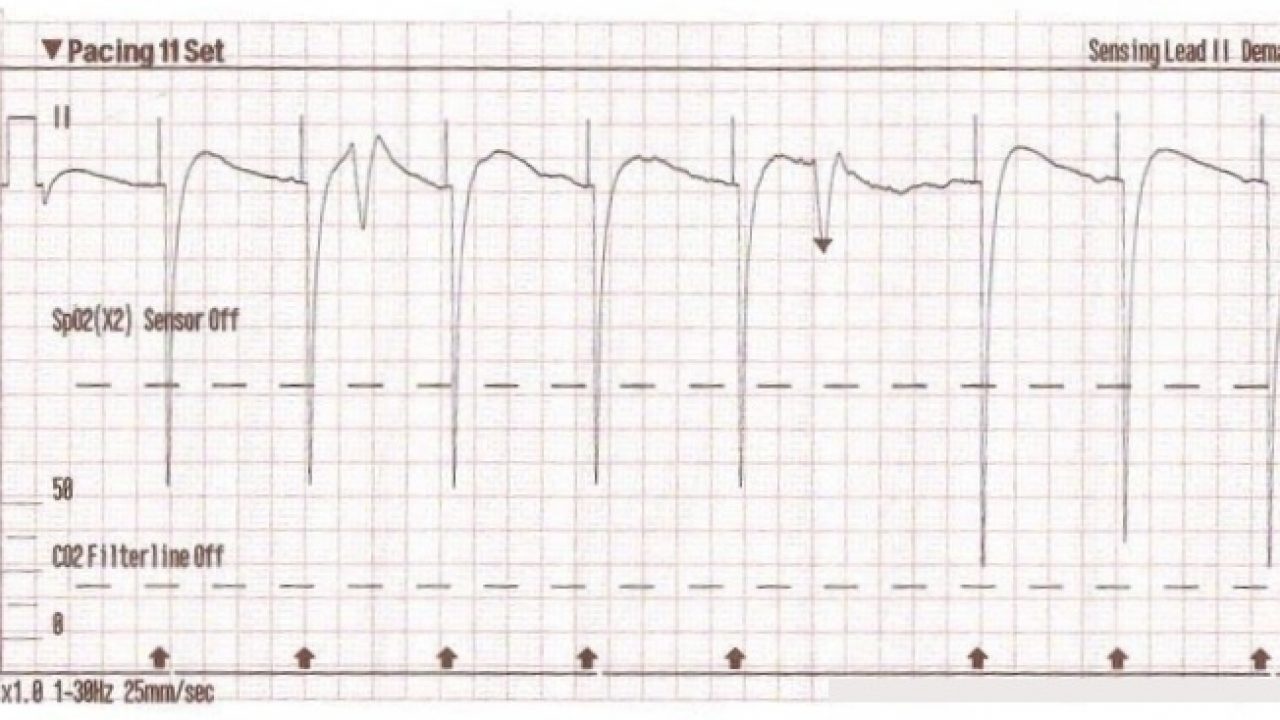
As technology continues to evolve, pacing technologies will become even more sophisticated and impactful. The integration of artificial intelligence and machine learning will further enhance their capabilities, enabling businesses to achieve unprecedented levels of efficiency and productivity. The future of pacing technologies is bright, promising to transform industries and drive innovation across the board.
